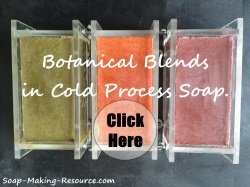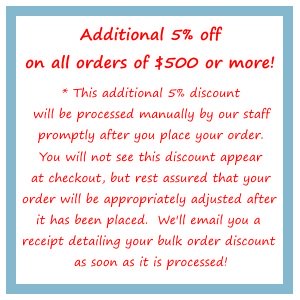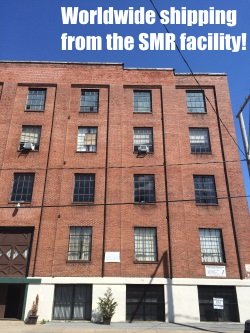Homemade Hot Process Soap Making Tutorial
Today, I'm going to explain how to make soap using the homemade hot process soap making technique.
To make hot process soap, you basically follow all the steps of cold process soap making except add one element: heat. It's essential that you review the cold process tutorial before you proceed or else you may not understand some of the steps and terms!
The hot process method has two main benefits:
- making homemade soap using this method is a great way to somewhat relive the days of old. Out of the four main methods of soap making this technique is most similar to the way soap was made during the colonial era.
- the entire soap making process speeds up remarkably as incorporating heat cuts down the curing time.
The Steps in Hot Process Soap Making:
Before I go any further, please understand that I personally use the cold process method, not the hot process method to make soap. Therefore, I am by no means an expert in hot process soap making.
|
Sign Up Today!
*Your information is SAFE with us!
|
Here are the steps, as I understand them, for one method of making hot process soap:
1. Prepare your separate containers of lye/water mixture and oil/fats mixture the same way as described in the cold process tutorial. Be sure to follow all safety precautions.
2. With the hot process method start combining the liquids right away. You don't need to wait until the two solutions reach the same temperature.
3. Look for hot process separation, not trace. For the hot process soap making method trace will turn into HP separation almost immediately because of the heat. In other words, you will barely even notice the trace stage.
*NOTE: Separation is when you see three layers within the pot. At the bottom, you will notice small yellow curdles. On top of that will be a thick layer of oils. Finally, at the very surface, you will notice a thin layer of white foam.
4. Once you hit the separation stage, heat the pot gently on a low setting and stir continuously. The mixture will start to bubble. Keep mixing to prevent the soap from boiling over!
You will soon start to see swirls of yellow and fewer and fewer bubbles. Once the bubbles are about the size of pin heads, you can shut off the heat. It should take about 15 - 25 minutes before this occurs.
5. Leave the soap for approximately 10 minutes for the heat produced by the saponification reaction to keep on cooking it. You know it's ready when there are no more bubbles breaking the surface.
6. After all the bubbles are gone; reheat the soap once again until they reappear.
7. Repeat this heating then cooling process until all the layers within the soap pot bond together to form an even toned substance. At this point, it should have the consistency of Vaseline.
8. Pour (or glop) the thick soap into your mold and try to smooth it out as much as possible. The top layer will likely be slightly textured no matter how hard you try. Don't worry... once the soap is fully dried and cured, you can always shave away this uneven layer if you wish.
9. Although the soap is usually cured by the time it hardens, it's still very important that before you actually use soap made with the hot process soap making method that you test its PH!
My Thoughts about Hot Process Soap Making:
The hot process soap making method, despite the benefit of a faster process, has a few negatives. For instance, I feel that with an outside heat source (heat other then that produced from saponification) you have less control over the soap. Therefore, it may be harder to get consistent results. There are, on the other hand, some individuals who create beautiful soap using this method without any problems. Maybe I'm just too used to cold process soap making?
Hot process soap making also tends to be more dangerous as you always have the possibility for the liquid soap to boil out of the pot resulting in an extremely dangerous and messy spill. Trust me; you do not want this to happen!
Also, the soap is rather hard (sometimes impossible) to remove from the mold when using the hot process soap making method.
Furthermore, the heat needed for this technique could destroy many delicate, yet valuable ingredients such as essential oils, and other nutrients.
As you can probably tell, this soap making method is by far my least favorite; therefore, I barely use it and have very little information about it on this website. But who knows, we're all different, you might just love it more then the cold process!
I strongly recommend that (if you haven't already) you try cold process soap making. It does take a bit longer for the soap to cure, but I find it much more fun, safe, and consistent. I think you'll enjoy it too!
Return from homemade hot process soap making to how to make soap
Return from homemade hot process soap making to the soap-making-resource.com home page.











